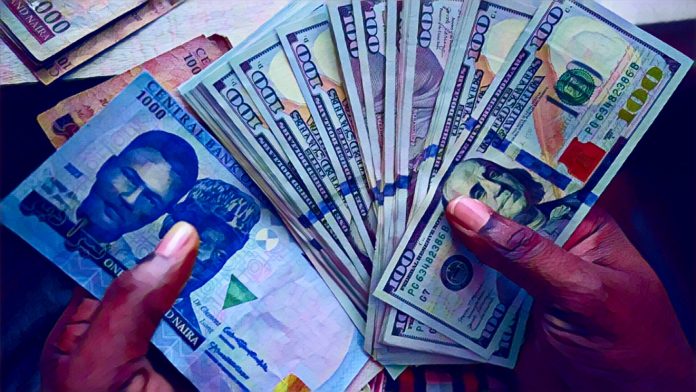Key Points
-
The black market dollar to naira rate rose slightly to ₦1,495 per dollar.
-
The black market dollar to naira rate stays about ₦40 above official market levels.
-
The black market dollar to naira rate reflects tight FX supply and importer pressure.
On Friday, October 31, 2025, the Nigerian naira continued to have problems in the parallel market. The U.S. dollar traded between ₦1,480 and ₦1,495 in major cities like Lagos, Abuja, and Kano. Abokis, or black market dealers, said that the buying rate was around ₦1,480 and the selling rate was ₦1,495. This was a small increase from Thursday’s average of ₦1,470.
Traders say demand from small importers, travelers, and parents paying foreign tuition remains high, while dollar supply continues to lag despite the Central Bank of Nigeria’s (CBN) renewed interventions in the official market.
More and more pressure on the black market dollar to naira rate
According to data from the FMDQ Securities Exchange, the naira closed at ₦1,452.8 per dollar in the official Nigerian Foreign Exchange Market (NFEM). The difference of about ₦40 between official and street levels shows how hard it is for small and medium-sized businesses to get dollars when they can’t easily use regulated channels.
Currency traders told reporters that the Central Bank of Nigeria’s recent actions, such as selling dollars to Bureau De Change operators every week and keeping a closer eye on compliance, have helped stabilise official rates but have not yet made things easier in the informal market. Abdulrahman Sani, a forex trader in Lagos Island, said, “There are still more buyers than sellers here.” “People come back to us because banks don’t have enough money for everyone.”
What makes the black market dollar to naira rate gap so big?
Analysts say that structural problems, like falling oil revenues, slow foreign investment inflows, and delays in settling backlogs, are the main reasons why the naira is still under pressure. The CBN said that Nigeria’s external reserves were $33.4 billion as of mid-October. This shows a small recovery, but they are still below the level that would make a market feel comfortable.
Even though CBN Governor Olayemi Cardoso started making changes earlier this year, like combining different FX windows and trying to clear $7 billion in FX backlogs, a lot of importers say they still have to use the parallel market to meet their obligations. The World Bank recently said that changes in exchange rates are still affecting inflation, which is now above 31%, the highest level in almost 20 years.
The naira’s future and how the government will respond
Economists say that the black market dollar to naira rate may stay stable around ₦1,450–₦1,500 in the short term. However, for the economy to fully recover, oil exports need to be stronger, remittances from the diaspora need to go up, and investor confidence needs to be restored. The government has hinted at new fiscal measures to boost reserves, such as issuing new Eurobonds and bringing in more foreign direct investment into important areas like energy and manufacturing.
This week, Finance Minister Wale Edun said again that the government is still working to stabilise the naira by using both tighter monetary policy and more dollars coming in. He said at a press conference in Abuja, “The market will find balance as confidence grows.”
The dollar’s steady trade near ₦1,495 on the streets of Lagos right now shows that Nigeria’s currency is still in a delicate balance between official reforms and what really happens on the ground. The black market dollar to naira rate is still one of the best ways to see that tension, and it is also a daily measure of how much people trust the government’s foreign exchange policy.



